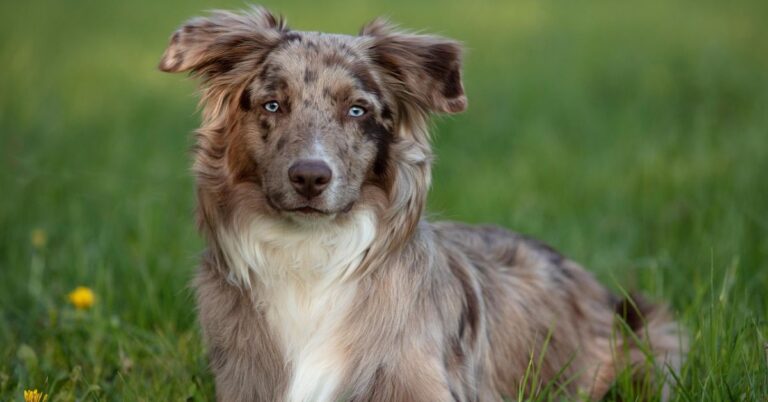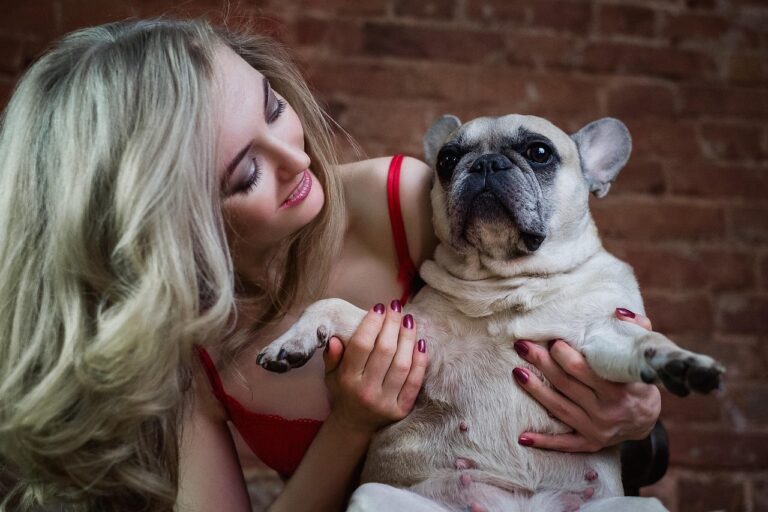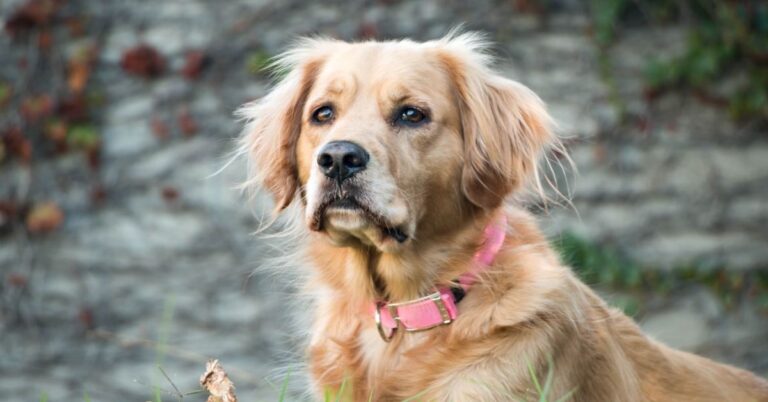10 Dog Breeds That Struggle In Cold Weather
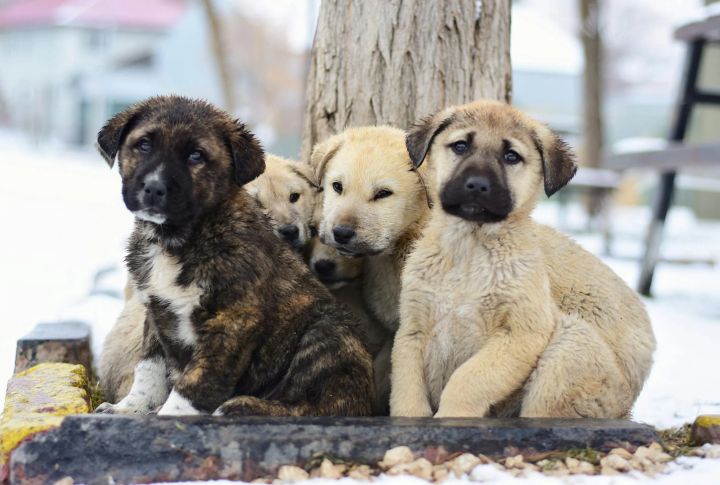
Snow-covered streets and icy winds may excite some dogs, but winter is pure misery for others. Thin fur, tiny frames, or breathing issues make cold weather a real challenge. If your pup shivers at the first snowflake, it might need extra protection. Let’s look at the breeds that prefer a cozy couch over a frosty morning walk.
Greyhound
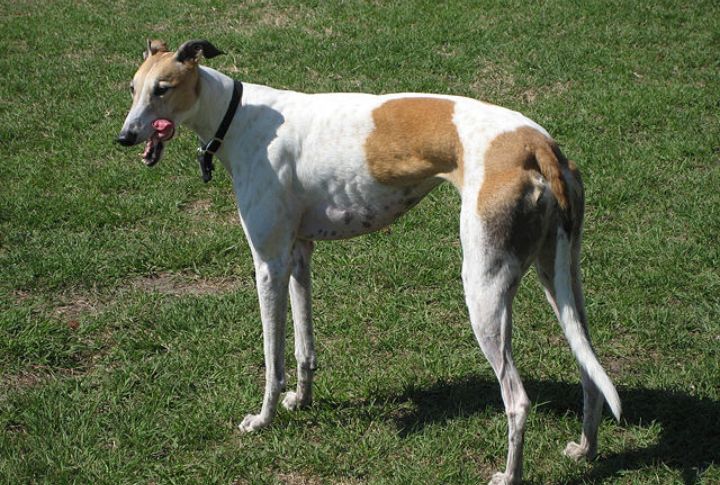
Evolution gave Greyhounds speed, not insulation. Their lean bodies and ultra-thin skin provide almost no natural protection from the cold. A lack of body fat makes heat retention difficult, while prolonged exposure can lead to hypothermia. Protective coats are essential, as these dogs lose body warmth faster than they gain it.
Chinese Crested
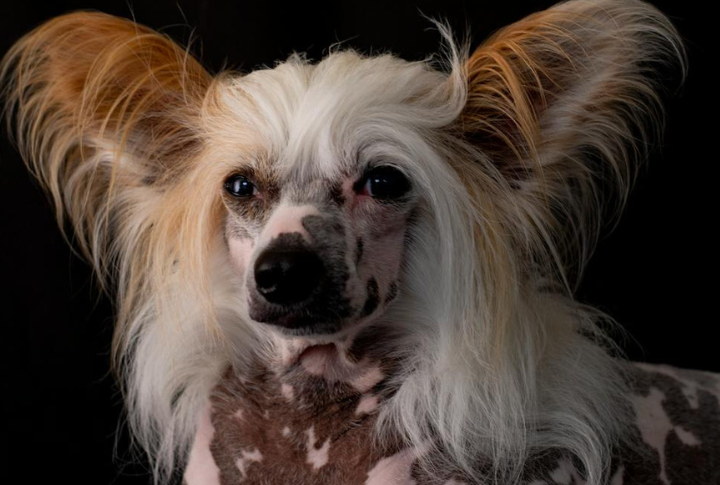
Without a fur coat to rely on, the Chinese Crested is incredibly vulnerable to dropping temperatures. Even the Powderpuff variety lacks the thick undercoat needed for warmth. Their exposed skin is prone to irritation, and frostbite becomes a real concern. Cold-weather care includes full-body coverage, proper skincare, and indoor heating.
Italian Greyhound
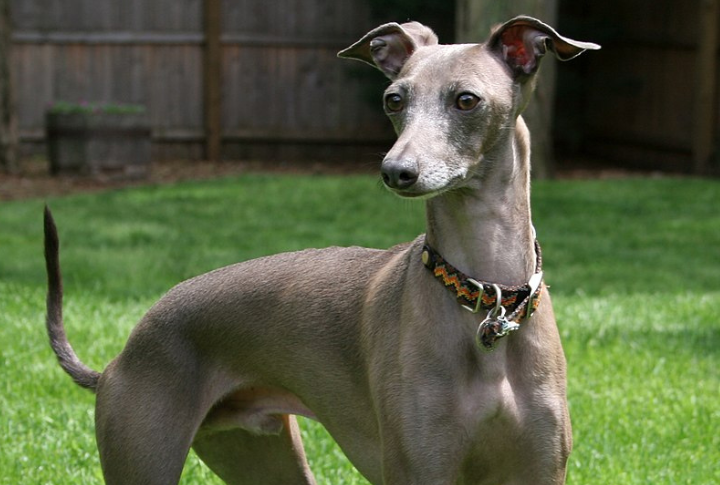
With just one thin coat and low fat, Italian Greyhounds don’t handle snow very well. One step outside in the cold, and they become instant statues, refusing to move until they’re wrapped in warmth again. If they could, they’d vote for year-round summer. Until then, cozy sweaters and heated blankets are a non-negotiable part of their winter wardrobe.
Dachshund
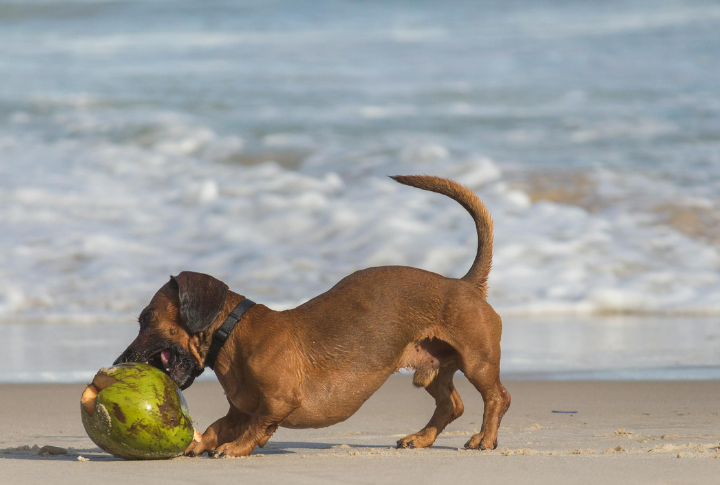
A short-legged dog in deep snow is a recipe for discomfort. Dachshunds don’t just feel the cold—they practically drag their bellies through it. That close contact with ice and slush makes them lose body heat quickly. Without proper protection, frostbite becomes a real risk.
Boston Terrier
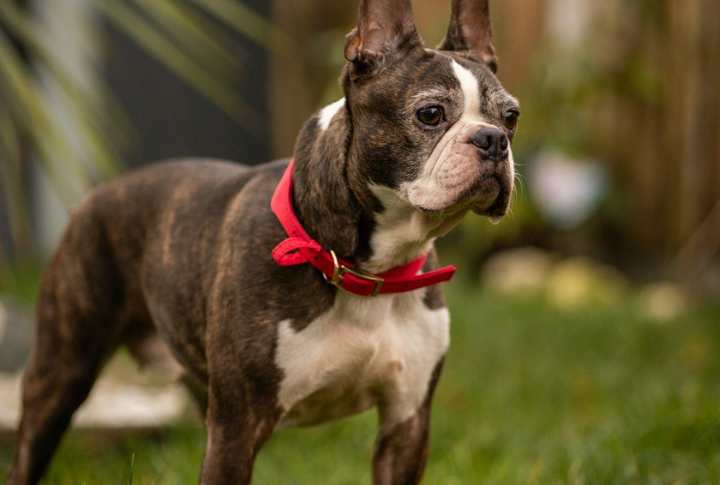
Boston Terriers face tough winters due to their small noses and sparse fur. Their breathing issues can worsen in cold air, and their smooth fur offers little warmth. Even a brief winter walk can feel brutal. If you spot one in a puffer jacket, it’s more about survival than style.
Chihuahua
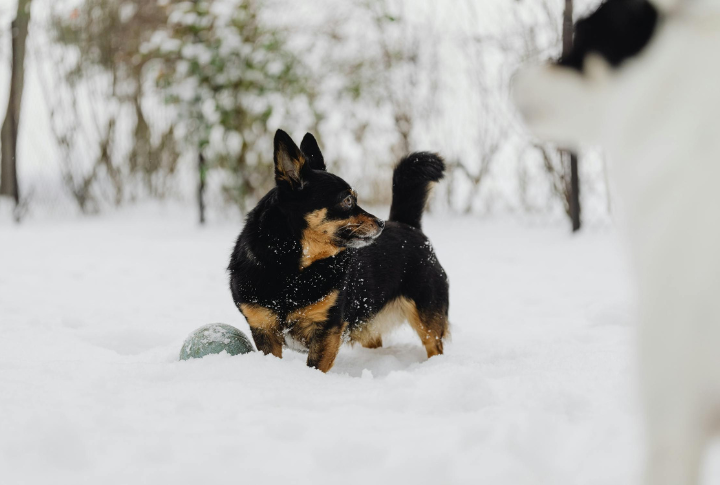
Chihuahuas and cold weather are a shaky combination—literally. This breed doesn’t handle winter well, with a body the size of a coffee cup and fur that barely qualifies as a coat. Even a light breeze makes them tremble like they’ve seen a ghost. If you own one, stock up on sweaters—preferably the thickest ones you can find.
Pug
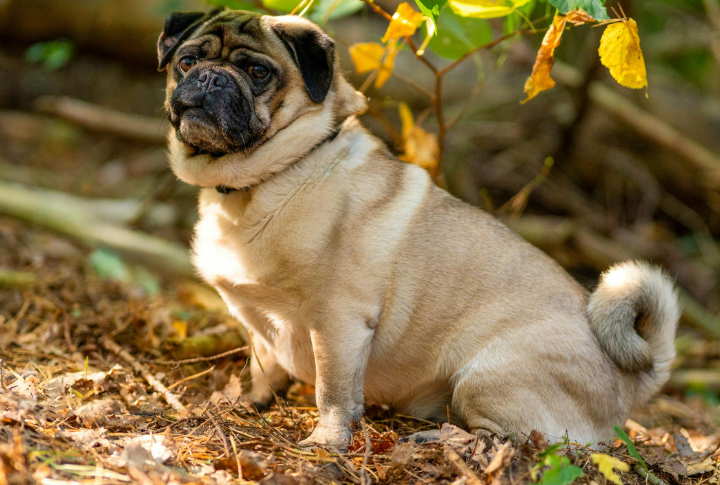
Pugs don’t like extremes! Too hot? They overheat. Too cold? They freeze. Short snouts make breathing in frigid air difficult, and their smooth fur traps no heat. Their solution? Give you that sad, shivery look until you carry them inside. Honestly, they’d rather just stay in bed all winter.
Doberman Pinscher
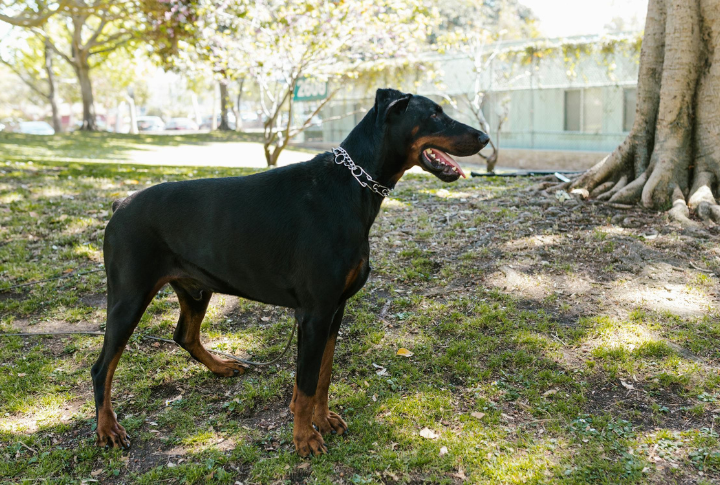
A body built for speed, a mind wired for loyalty—but a coat unfit for winter’s bite. The Doberman’s sleek frame cuts through the wind with grace, yet that same wind pierces straight to the bone. Strength alone won’t keep them warm. Only layers of fabric can shield them from the cold’s relentless grip.
Yorkshire Terrier
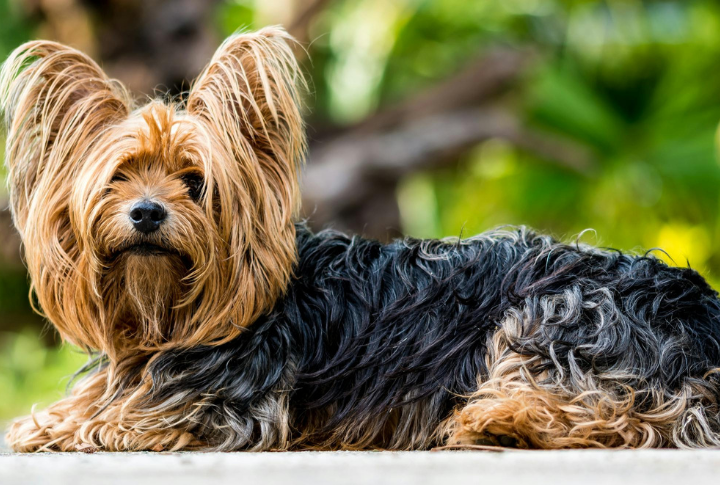
That silky coat may look luxurious but won’t keep a Yorkie warm. Without a dense undercoat, they lose heat quickly. Their tiny bodies make them even more vulnerable. If they had a choice, they’d skip winter entirely—so give them a warm sweater and a cozy lap instead.
French Bulldog
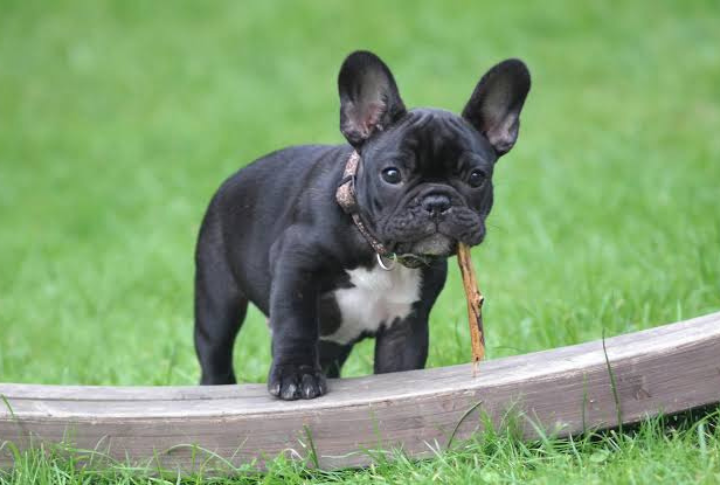
Their short fur offers little insulation, their compact bodies lose heat quickly, and their brachycephalic (flat-faced) structure makes breathing in frigid air more difficult. Better to give your French Bulldog a soft blanket, a heated bed, and a short walk before retreating indoors. They’ll thank you with snores and cuddles.
